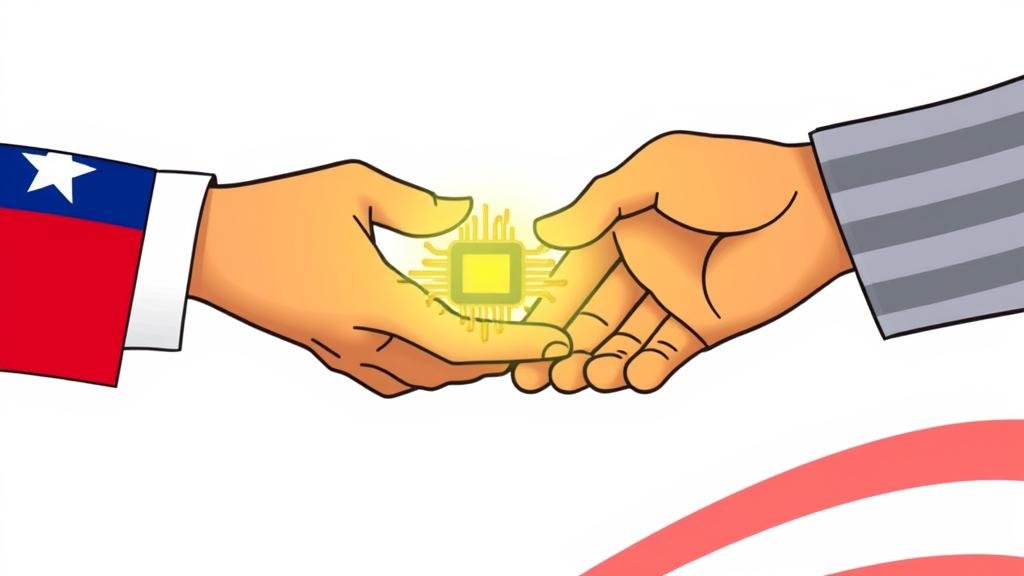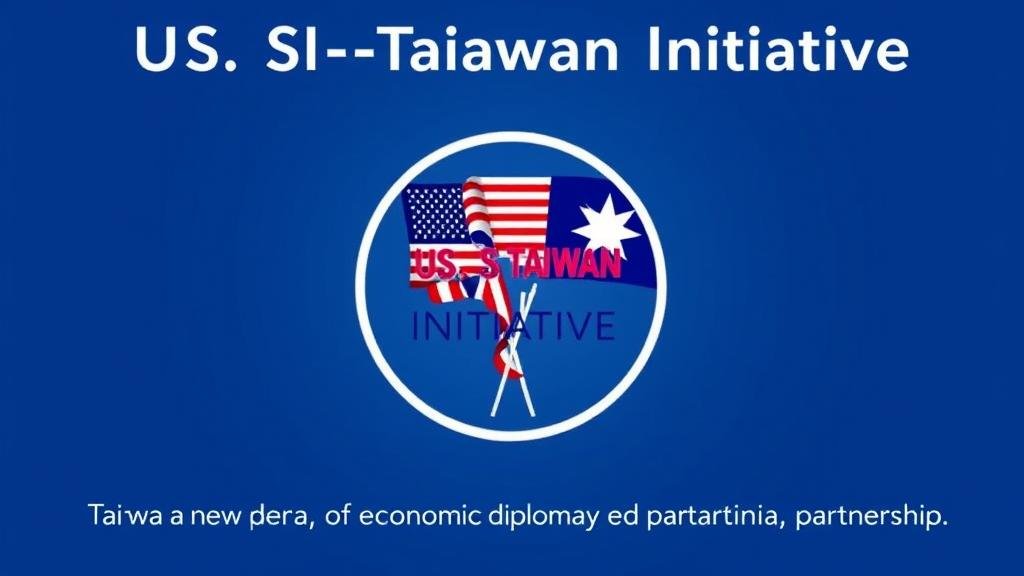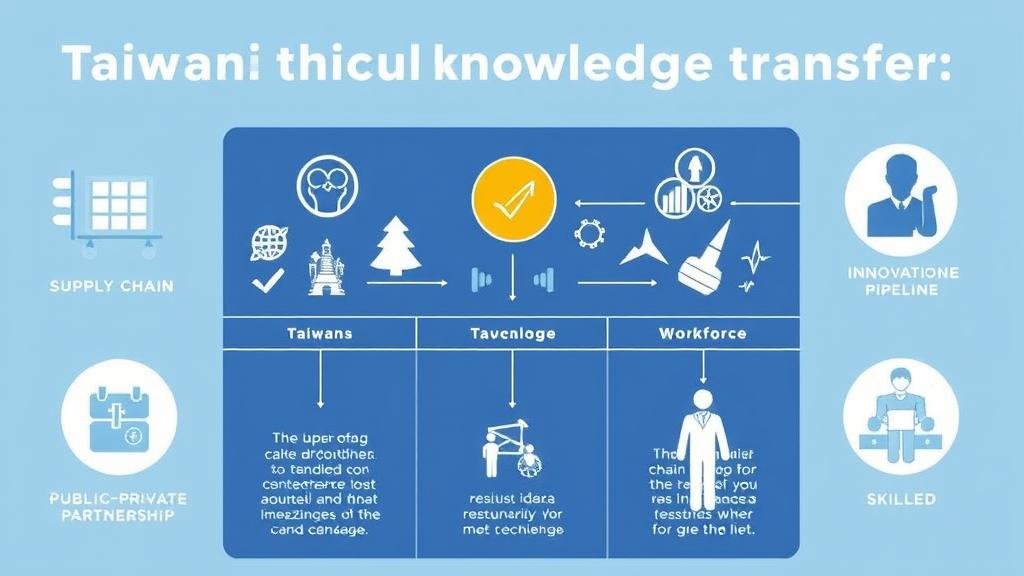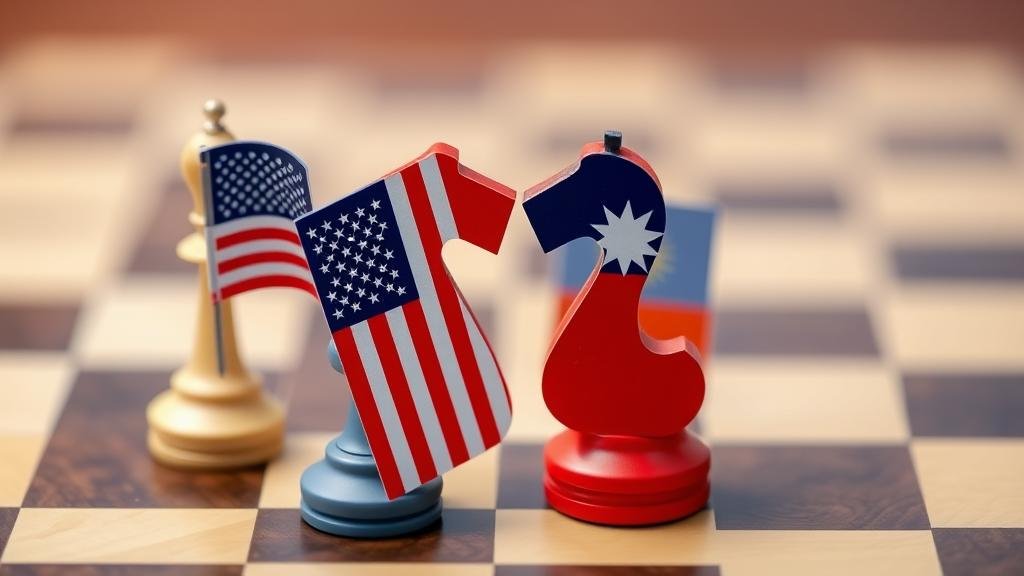Taiwan’s Economic Blueprint: What the US-Taiwan Trade Initiative Reveals
In a significant move for global trade, Taiwan is offering the United States a look at its economic playbook—the “secret sauce” behind its world-renowned industrial success. This isn’t just another trade negotiation; it’s a strategic sharing of knowledge that has the potential to reshape the global supply chain.
My 7-year-old, unimpressed, asked if this was more interesting than his iPad. I told him, “This is about the tiny chips that power your iPad.” While he may not get it, the implications are huge. This is a strategic masterstroke with more layers than a tiramisu, directly impacting the semiconductor industry and beyond.

The Taiwanese Economic Miracle: A Unique Blueprint
How did an island smaller than Maryland become a global powerhouse in microchip manufacturing? For decades, Taiwan has been the undisputed champion of the global economy. The secret isn’t a single ingredient but a complex recipe.
At its heart is a blend of government foresight and a dynamic network of small and medium-sized businesses. These agile companies create an intricate and responsive supply chain that makes a Swiss watch look clumsy. Coupled with significant government investment in innovation hubs like the legendary Hsinchu Science Park, the result is a true economic miracle. Now, Taiwan is ready to share this blueprint for success, a move highlighted by top negotiator John Deng.

The US-Taiwan Initiative: A New Era of Economic Diplomacy
Officially titled the “US-Taiwan Initiative on 21st-Century Trade,” this agreement is far from typical. It goes beyond tariffs, establishing shared rules for everything from anti-corruption measures to product standards. Think of it as foundational work for a deeper economic partnership.
Taiwanese scholars predict a “ripple effect,” suggesting other nations will be eager to align with these standards. By adopting US frameworks, Taiwan is strategically inviting deeper collaboration with other democracies, signaling a clear pivot in the landscape of international trade.

The Knowledge Transfer: What the World Stands to Learn
So, what knowledge is Taiwan putting on the table? This is a masterclass in 21st-century economic strategy.
- Supply Chain Resilience: In a post-pandemic world, Taiwan’s expertise in building robust supply chains that can withstand global shocks is invaluable.
- Public-Private Partnership: Taiwan has perfected the art of the public-private partnership, where government acts as a supportive investor in research and development, not an overlord.
- From Lab to Market: Understanding Taiwan’s pipeline for commercializing technological innovation is key for any nation looking to build its own tech hubs.
- Developing a Skilled Workforce: A cornerstone of Taiwan’s success is its long-term investment in education and specialized training, creating a workforce ready for the demands of the high-tech industry.
This is a comprehensive lesson in building a modern, tech-driven economy.

The Geopolitical Angle: A Strategic Power Move
The timing of this US-Taiwan trade deal is no coincidence. Amid rising regional tensions, this initiative solidifies the US-Taiwan partnership, acting as a geostrategic counterbalance.
By weaving its economy more deeply with America’s, Taiwan is making itself an indispensable ally. This is more than economics; it’s a clear message. This partnership is a powerful tool for promoting regional stability, founded on shared values of democracy and free markets.
What’s Next? Challenges and Opportunities
Achieving a full free trade agreement will be a complex journey. However, the potential rewards are immense.
For businesses, this initiative opens doors to new markets, joint ventures, and access to Taiwan’s legendary innovation ecosystem. For policymakers, it’s an unparalleled opportunity to learn from one of the world’s most successful economies. As Taipei shares its secrets, the real challenge is whether the rest of us are prepared to listen and learn.